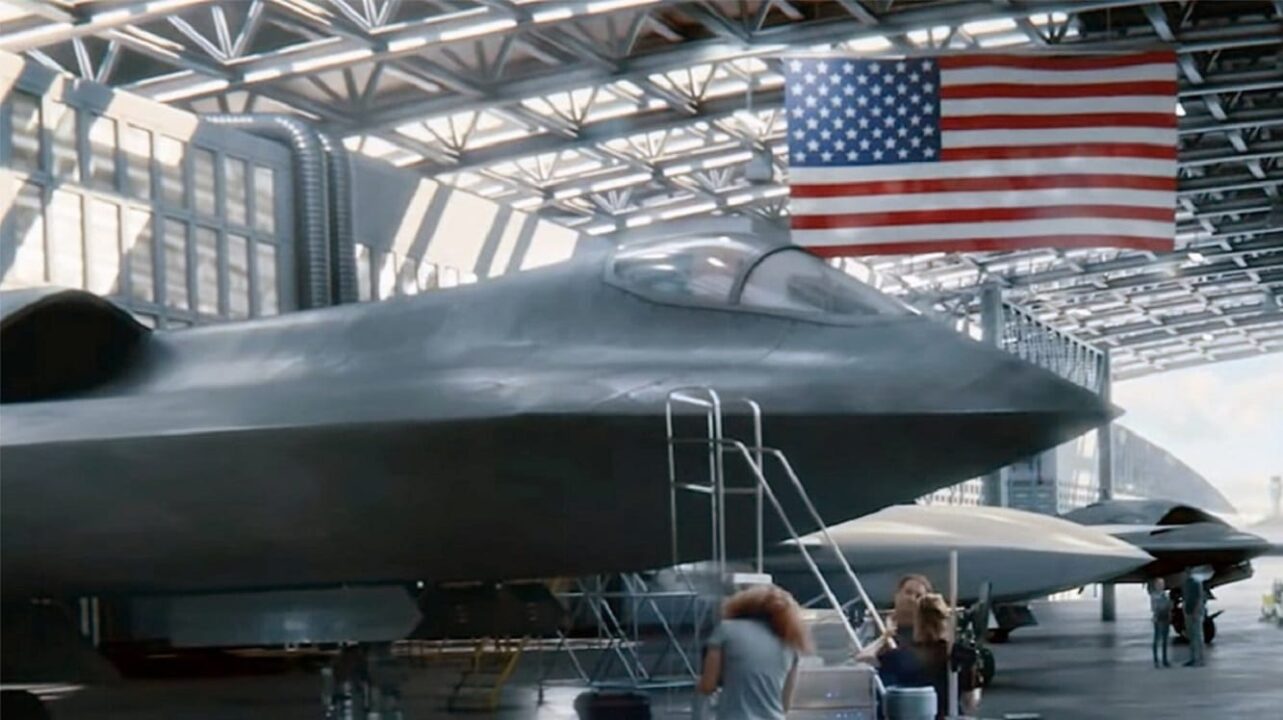The U.S. Air Force could have its first sixth-generation fighter jets by the end of the decade if everything goes as planned in the Next Generation Air Dominance program (NGAD).
The NGAD Program
Through the NGAD program, the Air Force and Lockheed Martin, the leading manufacturer, are looking to design and deploy the next generation of fighter jets after the F-35 Lighting II stealth fighter jet that is currently in service.
But the NGAD program concerns more than just one aircraft. Indeed, the NGAD program is developing several different manned and unmanned capabilities that will belong to the same family and could operate together.
The NGAD program includes both a manned sixth-generation fighter jet and an unmanned aerial vehicle that will support the jet.
In October, Lockheed Martin released more artistic renderings of the NGAD fighter jet as part of its promotion of the LMXT tanker, which would support the Air Force’s future fleet, including the NGAD fighter jet.
From the artistic renderings that the Air Force and Lockheed Martin have provided, we know that the NGAD will be quite futuristic. Indeed, the rendering shows a delta-shaped aircraft more akin to aircraft found in sci-fi movies than to what is currently flying in the air.
The NGAD fighter jet is expected to come with a hefty price tag, with current estimates having the number for each aircraft at $200 million.
However, the Air Force might not purchase the usual number of aircraft it does when a new fighter jet rolls out. The U.S. military as a whole is planning to buy approximately 1,500 F-35 Lighting II fighter jets of all types. But it will most likely buy a much smaller number of NGAD fighter jets because the sixth-generation aircraft is expected to remain in service for a much shorter period than the F-35, which is now expected to fly until 2070. With the NGAD program, the Air Force is moving toward a new model of development and procurement that opts for a smaller gap between new aircraft that would allow for the introduction of new technologies much faster.
The NGAD Program Is Moving Fast
Over the summer, Secretary of the Air Force Frank Kendall said that the NGAD program has moved into the next phase of development and that the goal is to have an operational capability by 2030. According to Kendal, the NGAD program has begun the Engineering, Manufacturing, and Development (EMD) phase, which is one step before production.
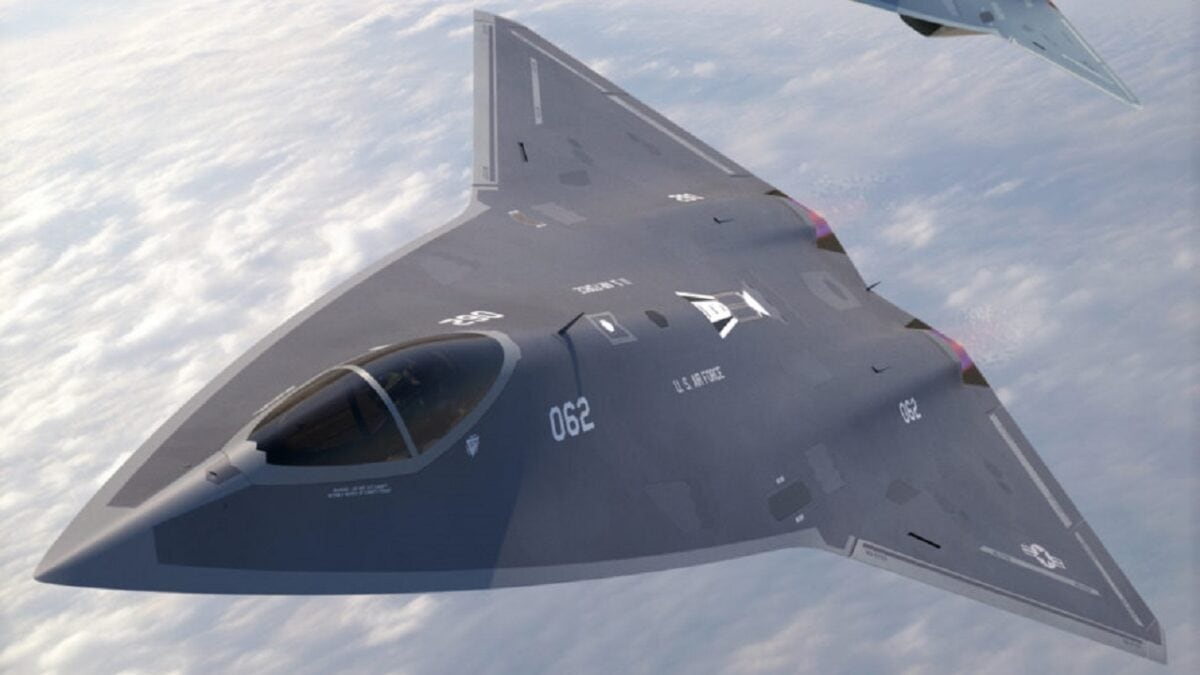
NGAD: Original artwork courtesy of Rodrigo Avella. Follow him on Instagram for more incredible aviation renders.
Should Kendall prove to be accurate and the program continues to move at that pace, it would be an incredible feat of engineering and procurement compared to other aircraft programs.

Image: Lockheed Martin.
For example, as Sandboxx News reports, the F-35 Joint Strike Fighter program began its EMD phase in October 2001, but it wasn’t until 2015 that the fifth-generation fighter jet achieved initial operating capability. That is 14 years for only one (the F-35B, which is the Short-take Off, Vertical Landing iteration of the fighter jet) of the three versions of the F-35 to become operational. The F-35A, which is the conventional take-off version of the stealth fighter jet, achieved initial operating capability a year later in 2016, while the F-35C, which is designed for aircraft carrier operations, didn’t achieve initial operating capability until three years ago in 2019.
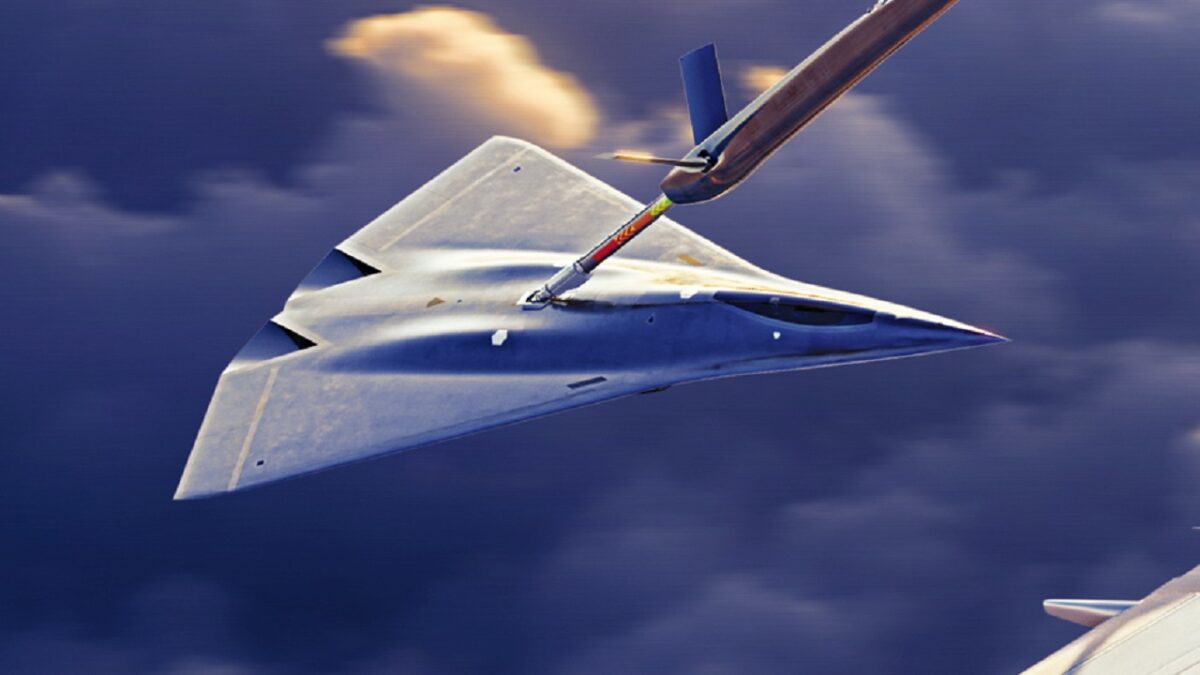
Image Credit: Lockheed Martin.
However, the F-35 is an outlier, and the average time that it takes for an aircraft to move from the EMD phase to its initial operating capability is seven years.
Bonus: Tempest – UK 6th Generation Fighter
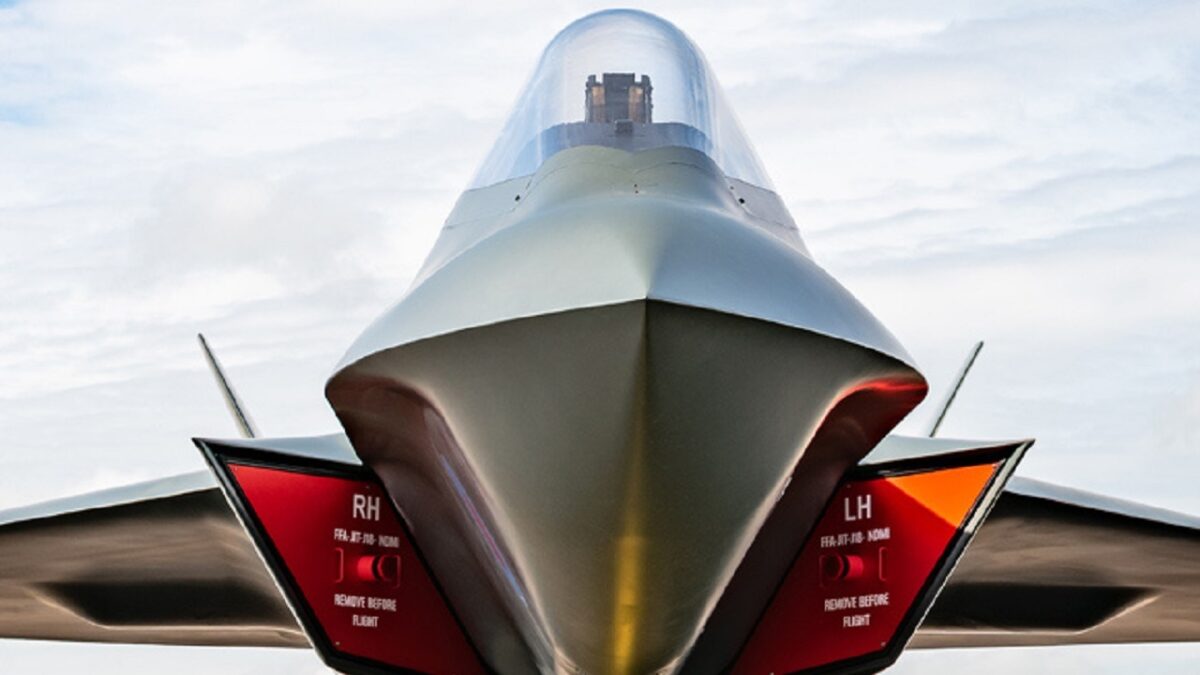
Tempest 6th-Generation Fighter from BAE Systems.

Tempest UK-based Sixth Generation Fighter. Image Credit: BAE Screenshot.
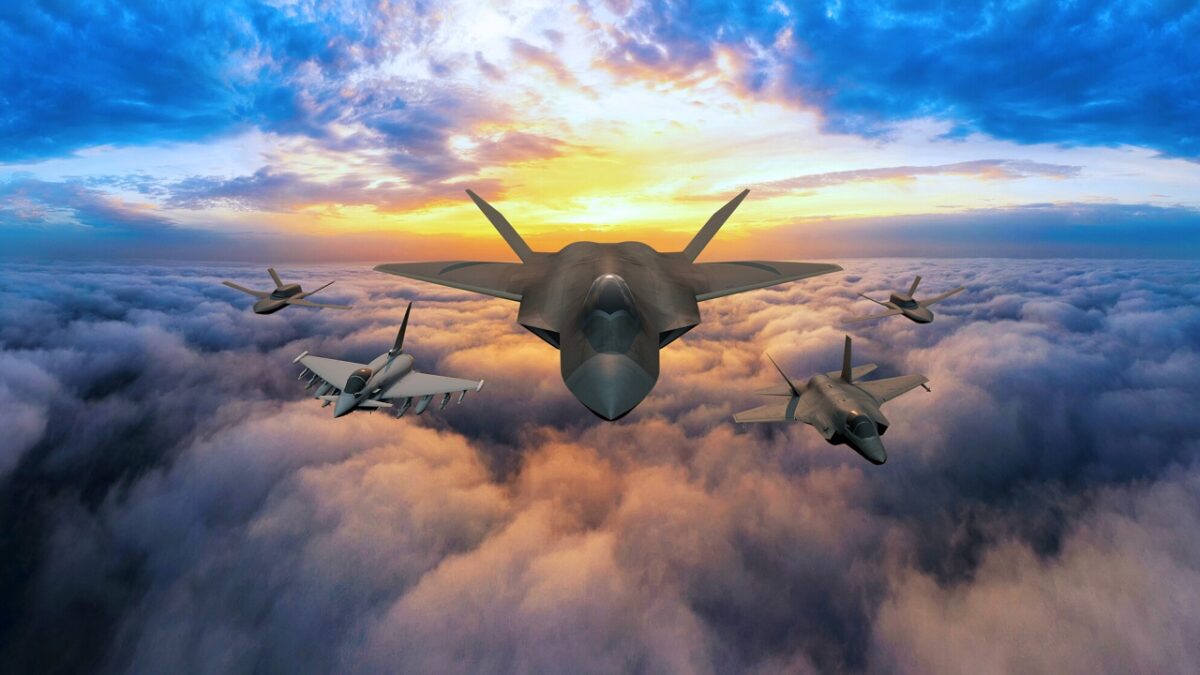
BAE Systems artist image of Tempest Stealth Fighter. Image Credit: BAE.
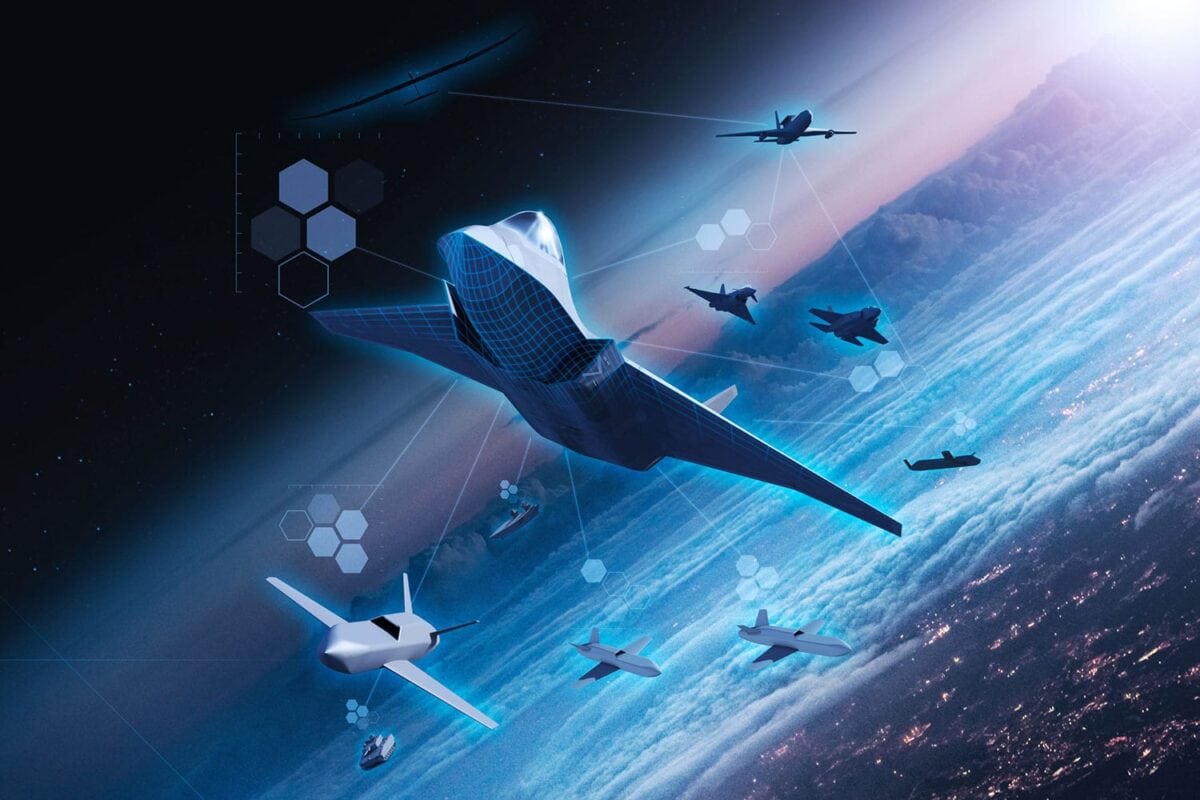
Tempest. Image Credit: Industry handout.
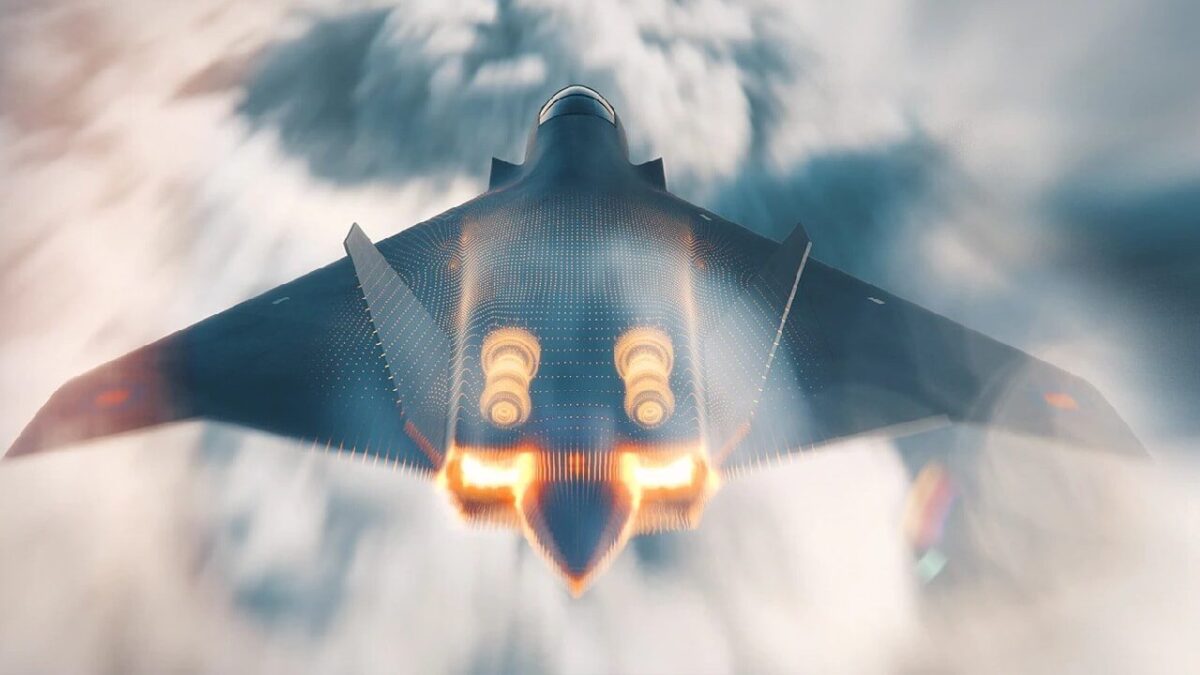
Tempest Artist Rendition. Image Credit: Industry Handout.

Tempest 6th Generation Stealth Fighter. Image Credit/Artist Rendering from BAE Systems.

Artist Rendering of Tempest Fighter.
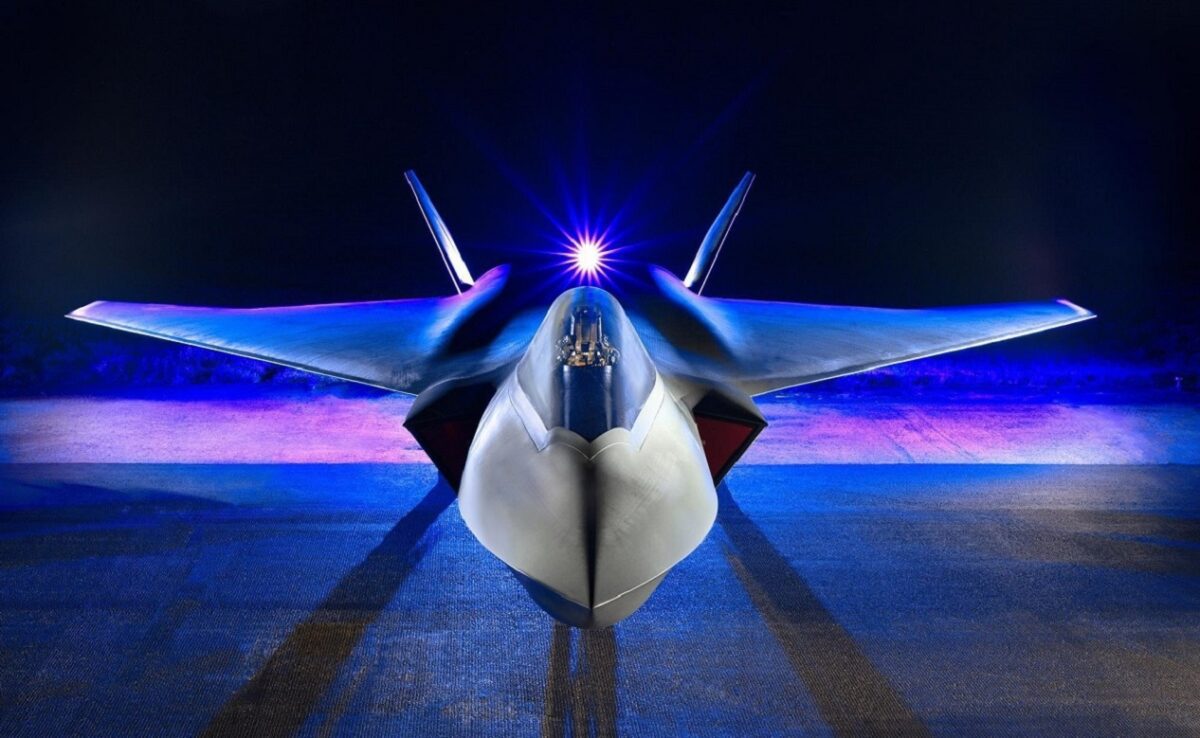
6th-Generation Fighter. Image Credit. Tempest Program.
Expert Biography: A 19FortyFive Defense and National Security Columnist, Stavros Atlamazoglou is a seasoned defense journalist specializing in special operations, a Hellenic Army veteran (national service with the 575th Marine Battalion and Army HQ), and a Johns Hopkins University graduate. His work has been featured in Business Insider, Sandboxx, and SOFREP.

